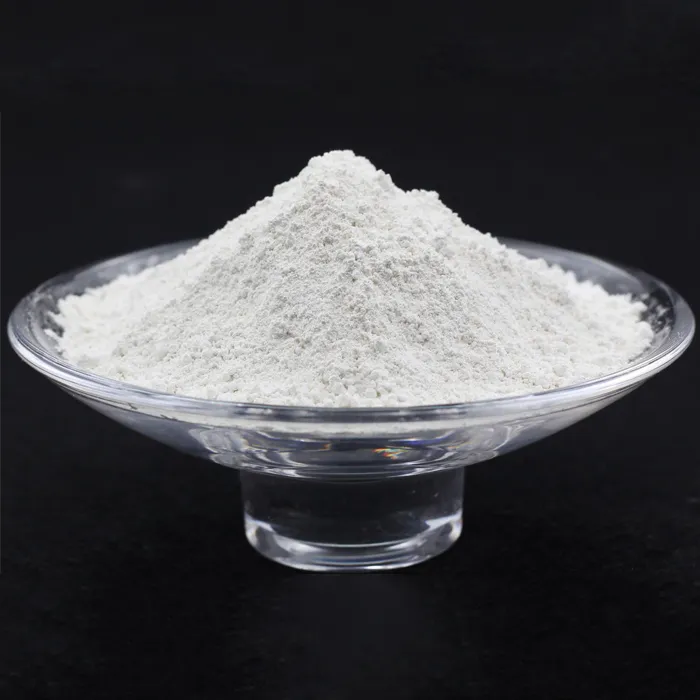Understanding Pharmaceutical Ingredients A Closer Look at Their Importance in Medicine
Pharmaceutical ingredients, also known as active pharmaceutical ingredients (APIs) and excipients, are the backbone of modern medicine. They are crucial in the development, production, and effectiveness of medications. This article explores the different types of pharmaceutical ingredients, their roles, and the regulatory frameworks that ensure their safety and efficacy.
What Are Pharmaceutical Ingredients?
Pharmaceutical ingredients are substances used in the formulation of drugs. They can be classified into two main categories active pharmaceutical ingredients (APIs) and excipients.
Active Pharmaceutical Ingredients (APIs) are the components that provide the intended therapeutic effect. For instance, in a pain reliever, the API might be ibuprofen, which is responsible for alleviating pain and reducing inflammation. The potency and effectiveness of a drug significantly depend on the quality and purity of the API used.
Excipients, on the other hand, are inactive substances that serve various roles in drug formulations. They can be fillers, binders, preservatives, or agents that enhance stability or bioavailability. For example, in a tablet formulation, excipients might include lactose as a filler or magnesium stearate as a lubricant. While excipients do not have therapeutic effects themselves, they play a vital role in drug delivery and patient compliance.
The Role of Pharmaceutical Ingredients in Drug Development
The development of pharmaceutical formulations requires an intricate understanding of both the APIs and excipients involved. The selection of suitable ingredients impacts the bioavailability, stability, and shelf life of the medication. Each element must be considered carefully during the formulation process.
Stability is a critical factor when developing medications. APIs can be sensitive to environmental factors like temperature, humidity, and light, which can degrade their potency. Therefore, excipients are often chosen based on their ability to protect the API from these external factors. For example, some excipients can act as stabilizers and help maintain the drug’s effectiveness over time.
pharmaceutical ingredients list

Another important aspect is bioavailability, which refers to the extent and rate at which the active ingredient or active moiety is absorbed and becomes available at the site of action. Formulation scientists often use different excipients to enhance the solubility of poorly soluble APIs, ensuring they can be effectively absorbed by the body.
Regulatory Considerations
Given their significance, pharmaceutical ingredients are subject to stringent regulations enforced by various health authorities, including the U.S. Food and Drug Administration (FDA) and the European Medicines Agency (EMA). These regulations are designed to ensure that both APIs and excipients meet specific safety, quality, and efficacy standards.
Manufacturers must adhere to Good Manufacturing Practices (GMP), which set forth guidelines covering all aspects of production from the raw materials to the facilities and equipment used in the production process. Quality control is paramount; therefore, each batch of pharmaceutical ingredients must undergo rigorous testing for purity, identity, potency, and safety before being approved for use in drug formulations.
The Future of Pharmaceutical Ingredients
As the pharmaceutical industry evolves, the demand for more sophisticated and effective medications continues to rise. Advances in technology, such as nanotechnology and personalized medicine, are influencing the way pharmaceutical ingredients are developed and utilized. For example, the use of nanocarriers can improve drug delivery systems, increasing the bioavailability of APIs and minimizing side effects.
Moreover, the trend towards biopharmaceuticals is reshaping the landscape of pharmaceutical ingredients. Biologic drugs, which are derived from living organisms, require unique APIs and excipients, leading to a growing focus on biocompatible and biodegradable ingredients.
Conclusion
Pharmaceutical ingredients play a fundamental role in the efficacy and safety of medications. Understanding their types and functions helps to appreciate the complexities involved in drug formulation. As the pharmaceutical industry continues to advance, ongoing research and innovation will further refine the critical role that these ingredients play in developing effective therapies, ultimately enhancing patient outcomes and public health. The future will likely bring even more exciting developments as scientists and pharmaceutical companies strive to meet the diverse health needs of populations worldwide.

